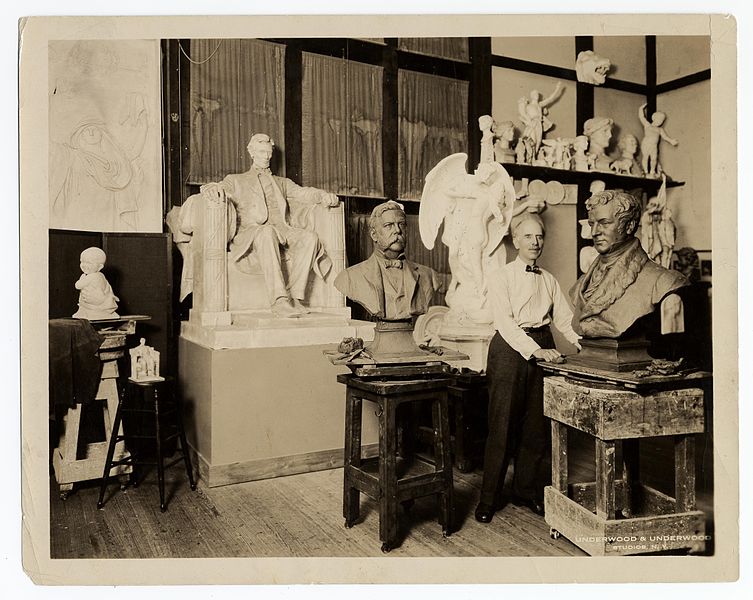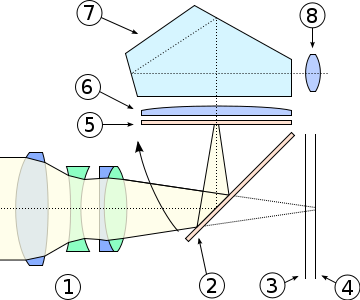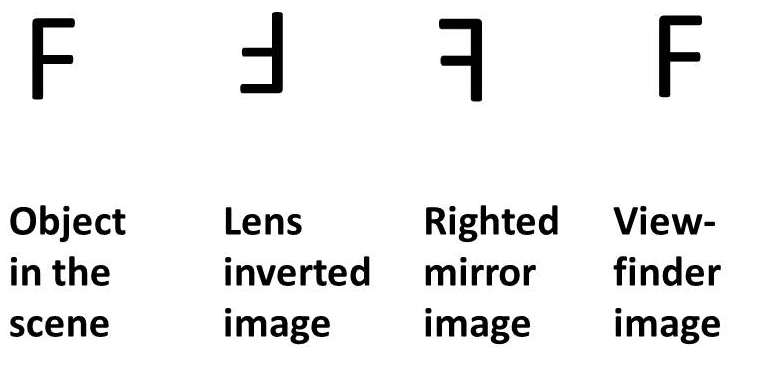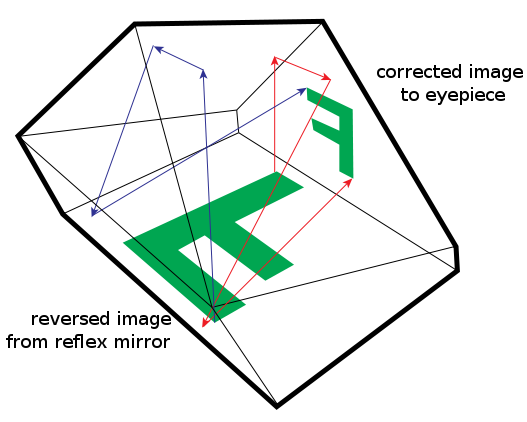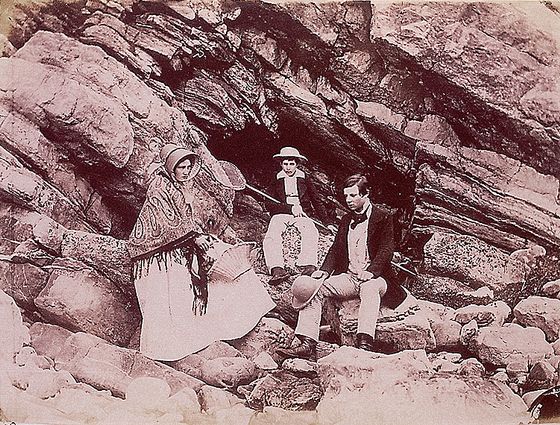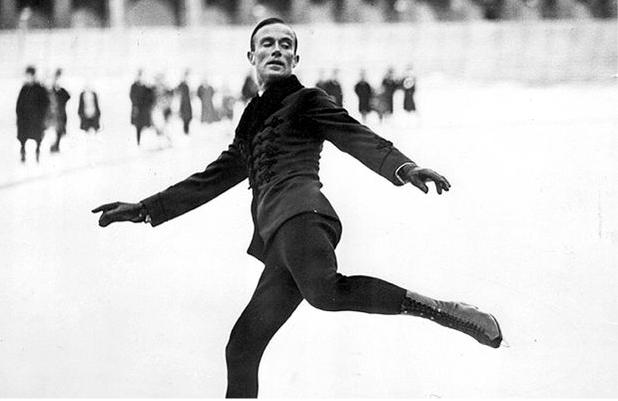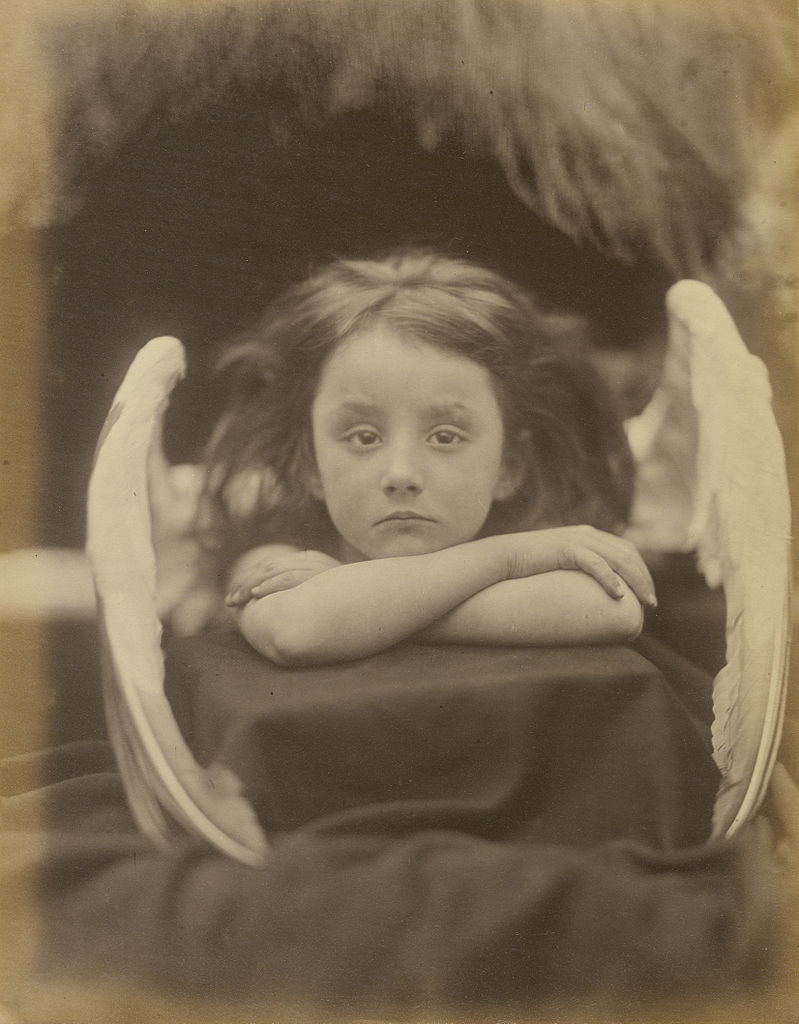
Figure 1 – “I wait” by Julia Margaret Cameron Wait. The model was Rachel Gurney.This kind of Christian allegorical image was one of Cameron’s shtick. the Wikipedia Commons and the Getty Museum. In the public domain because it is more than a hundred years old.
I wanted to talk today a little about shtick and gimmickry in photography. According to the Wikipedia, “shtick,” which can also be spelled “schtick,” is derived from the Yiddish word shtik (שטיק), meaning “piece”; the closely related German word Stück has the same meaning. But that’s really not what it means. Shtick is often used in the context of comedy – Henny Youngman’s shtick was his violin. I can just see most of my readers, Henny Who? Henny Youngman was a comedian who played the violin, it was his shtick or trademark. Ah, now we are getting somewhere. The word shtick kind of means trademark, or what sets that person apart from the crowd by creating instant recognition. Alfred Hitchcock and M. Night Shyamalan share a shtick. They both make cameo appearances in their movies.
If you see a glorious western vista, you immediately think of Ansell Adams, that was his shtick regardless of whether he actually took the photograph. A great example of photographic shtick is Murad Osmann’s photographic Instagram series/blog “Follow me,” where the photographer and consequently the viewer is led around the world by the back reached hand of his beautiful girlfriend, Nataly Zakharova. This is what Osman does, you immediately recognize a photograph as being his, and he has attained, well, viral internet recognition. Similarly we have Diane Arbus, who is famous for her photographs of “deviant and marginal people.”. (I am not sure that I am happy with that phrase, but it is what the wiki on Arbus uses.” But again, such a photograph brings immediate recognition as being either by Arbus or derivative of her.
But then we move into a grayer territory. Consider, for instance, the mirror distortion photographs that we have previously discussed by Andre Kertesz. Once again such an image of a nude woman distorted in a circus mirror is immediately associated with Kertesz, but because Kertesz did so many different types of images in his lifetime his distortion photographs are more a series or a study set, then true persistent shtick. Likewise, Edward Weston’s salad photographs.
It is a marvelous fact that everyone, who takes and practices photography seriously, brings a unique and recognizable fingerprint to their craft. One of the best ways to discover yours is to do a theme set of pictures – that is give yourself an assignment to take a series of connected photographs of some particular subject. You know boats, other photographers taking pictures, hummingbirds, whatever. Look for the similarities in your vision. What is it that you always do?
And developing a shtick can be a short cut to achieving ephemeral fame. This is finding your photographic voice and then adding just a bit of predictable spontaneity, and you’ve got shtick.
My reason for bringing this up, is that I’d like to add the word “shtick” to the Haiti and Skoll vocabulary. And, by the way, there is nothing wrong with shtick. It can be really fun, really unique, and truly beautiful. Tomorrow, I’m going to show you some absolutely gorgeous shtick from a contemporary photographer. But, and for today, I’d like to share one of the little angel photographs of Julia Margaret Cameron, whom we have spoken a lot about. This kind of Christian allegory was, well you know, one of her shticks!

